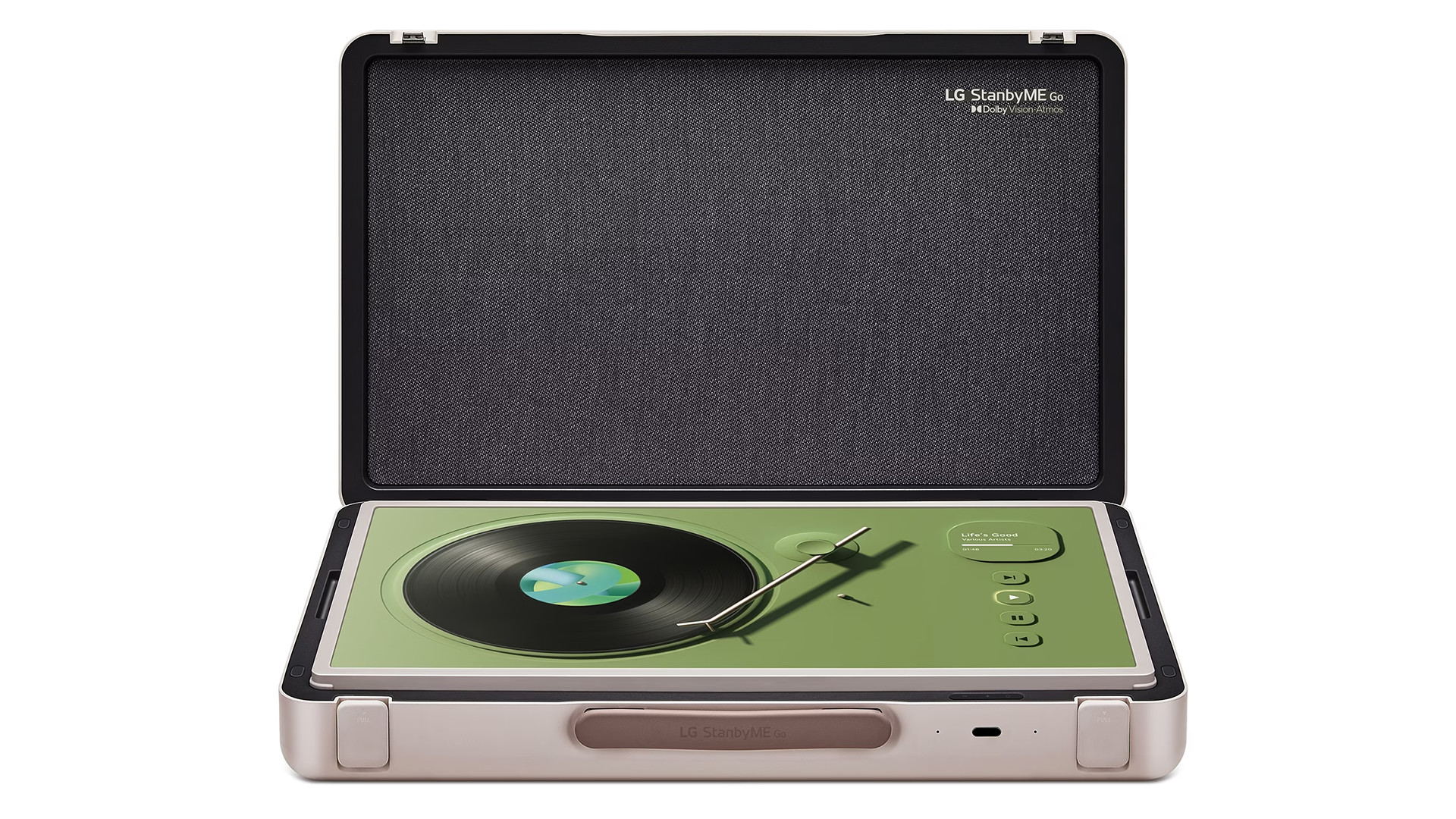Apple’s new MacBook Pros – and Mac mini – have freshly arrived on the scene packing new spins on the M2 chip, and we’ve caught some fresh info on how Wi-Fi 6E support works – with a major caveat – along with an informative glance at the M2 Pro die.
Let’s start with Wi-Fi 6E support which these new Macs incorporate, but the catch is that not all macOS apps will be able to benefit. At least not initially, anyway, because as 9 to 5 Mac reports, the co-founder of Intuitibits – which makes the WiFi Explorer app – let us know that some apps can’t yet use Wi-Fi 6E with these Apple devices.
Changes are needed in macOS and its frameworks for 3rd party apps to take advantage of the new 6E Wi-Fi interface. I'm hoping Apple will make those changes available as soon as possible. https://t.co/GMapX4vmH8January 17, 2023
Why not? Because as the tweet explains, macOS as it stands doesn’t have the frameworks to allow third-party apps to work with Wi-Fi 6E.
The good news, however, is that this essential work is in the pipeline, and we’re keeping our fingers crossed that it’ll arrive with the next big macOS update.
Die hard
The other interesting point which has popped up regarding Apple’s new Macs is a die shot of the M2 Pro chip. As Wccftech flagged up, this was aired by High Yield on Twitter, with the innards of the chip clearly showing 19 GPU cores are present.
Initial #Apple M2 Pro SoC die shot analysis. Clearly visible 8 P-cores, 4 E-cores, 19-core GPU, 16-core NPU, dual Media Engine, large SLC & LPDDR5 memory interface. Produced in a TSMC N5 node.Waiting for a closer look from @Locuza_ pic.twitter.com/epvIpsxafCJanuary 17, 2023
Why is that important? Mainly because some rumors were floating around that the M2 Pro came with 20 GPU cores, but one had been locked out to make 19 – based mainly on that being an odd number (and previous chatter on the grapevine). However, the die clearly shows there isn’t a disabled core, and the plan was to have 19 cores in there all along.
Wccftech further points out the presence of LPDDR5 memory, which dispels another past rumor that Apple might upgrade to faster RAM with these new M2 chips. The belief was that a shift to LPDDR5X was likely in 2023, but this hasn’t happened with the M2 Pro, as we can see it has stuck with LPDDR5.
Analysis: No real surprises – and hopefully Apple should be quick on the Wi-Fi front
The old LPDDR5X rumor being proven untrue is not really a big surprise, mind, seeing as its initial source, as highlighted by Wccftech, was a forum post (a rather shaky source indeed, as opposed to a known Apple leaker – if it had come from a heavyweight presence, we might have given it more stock). At any rate, we now know it’s not true (even if that is a touch disappointing).
And we also know that Wi-Fi 6E won’t work with some apps for the time being. The new wireless standard is important because it improves considerably on Wi-Fi 6 in terms of pushing faster connection speeds, lower latency, and less interference (so the bandwidth isn’t as clogged up, avoiding problems like dropped or flaky connections). The latter is particularly important in dense signal environments like apartment blocks where lots of routers and devices are in close proximity (you can read up further on Wi-Fi 6E here).
Wi-Fi 6E is a clear winner, then, for hardware that supports the standard, and we’re thinking it won’t be too long before Apple brings the necessary frameworks into macOS. Because having launched this hardware now, it’d be a pretty poor show if owners were waiting a considerable length of time for this support to be introduced - so it arriving with the next big update, macOS 13.2, makes sense.
All that said, we’ll just have to wait and see, but we won’t have that long to wait, as macOS 13.2 is expected to arrive pretty soon (most likely early February, perhaps just a couple of weeks from now).
from TechRadar - All the latest technology news https://ift.tt/ar2Ks5g



No comments:
Post a Comment